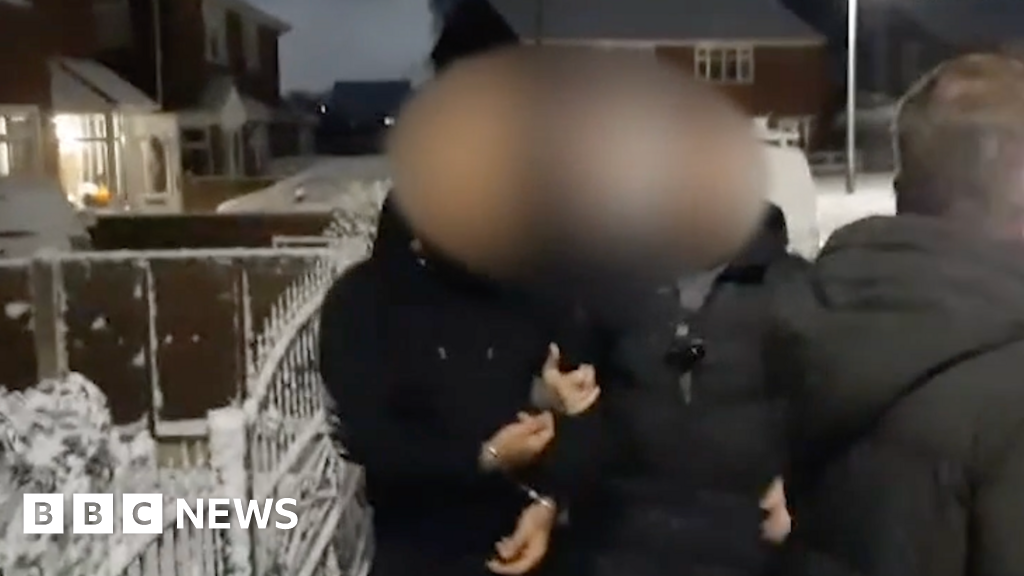India's Prime Minister Narendra Modi was sworn in for a third consecutive term on Sunday after the country's election results unexpectedly left him reliant on coalition partners to form a government.
All eyes are on the prime minister's choice of ministers, which he has not yet revealed.
The capital was under tight security measures as regional leaders from across the nation flew in to attend the ceremony. Several opposition leaders, however, decided to boycott the event.
Bangladeshi Prime Minister Sheikh Hasina and Sri Lankan President Ranil Wickremesinghe, along with leaders including those of Bhutan, Nepal and the Maldives, were due to attend the ceremony.
Notably, leaders of rival neighbors China and Pakistan were absent.
How did Modi's party fare?
73-year-old Modi's Hindu-nationalist Bharatiya Janata Party has been in outright power for the last decade. Despite analysts' expectations of another landslide win and a possible super majority, the party failed to repeat its success in previous elections.
Out of 543 seats in India's lower house, a party or group of parties requires at least 272 seats to form a government.
To be sure of this, the BJP had already entered into an alliance called the National Democratic Alliance (NDA) with regional parties before the elections. Modi held brisk talks with his coalition partners after the results on June 4 to confirm their support to form a government.
However, the BJP's failure to attain 272 seats makes it vulnerable to negotiations within the alliance. In Indian politics, larger coalition parties have been known to demand integral ministerial portfolios in exchange for their support.
India: Modi wins third term despite heavy losses
mk/rc (AFP, AP)

 5 months ago
31
5 months ago
31








